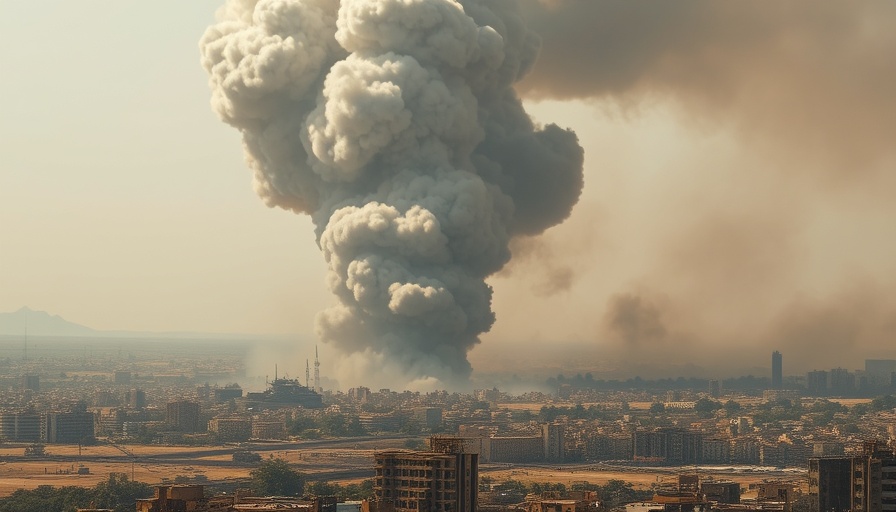
Tragedy Strikes: Five Journalists Killed in Gaza Airstrike
The recent airstrike in Gaza, which tragically claimed the lives of five journalists, has elicited widespread condemnation and concern from leaders and media organizations around the globe. This heartbreaking event highlights the ever-present dangers journalists face, especially in conflict zones. As news outlets grapple with the implications of such losses, it raises vital questions about media safety and the very nature of reporting in war-torn areas.
Global Outcry: A Response to the Dangerous Climate for Journalists
In reaction to the Israeli airstrike, prominent leaders and journalist organizations have taken to social media and public forums to express their outrage. According to a variety of statements released, this event not only underscores the peril associated with covering conflicts but also shines a light on the urgent need for international protections for journalists. Organizations like Reporters Without Borders and the Committee to Protect Journalists emphasize that every journalist killed represents an attack on freedom of expression and transparency.
The Grave Reality: Journalistic Safety in Conflict Zones
Historically, journalists have put themselves at risk to uncover the truth and keep the public informed. With incidents like this, the cost of reporting has become alarmingly clear. With more than 50 journalists killed in conflict areas in 2022 alone, there’s a growing concern about the deteriorating conditions for press members operating in hotspots.
A Call for Action: Strengthening Protection for Journalists
As the debate surrounding media safety unfolds, advocates propose various measures to enhance protection for journalists. Suggestions range from implementing stronger legal safeguards to create an international standard for media safety protocols. The United Nations has also urged member states to acknowledge the essential role of journalists in stabilizing regions through accurate reporting, advocating for policies that protect those who risk their lives for the truth.
Future Focus: How Can We Safeguard Journalists?
Moving forward, there needs to be a concerted effort to improve the safety of journalists in conflict zones. Some strategies could include training on risk assessment, development of crisis response frameworks for media companies, and increasing awareness around the rights of journalists on-field. The ongoing negotiations in international forums for safety and accountability could pave the way for legislation that prioritizes journalist's safety across the globe.
Conclusion: The Ongoing Struggle for Press Freedom
The loss of journalists in Gaza is a poignant reminder of the risks that many take daily to bring us critical news and information. It creates an important dialogue on how societies can better protect media members, ensuring they can continue their vital work without facing threats to their lives. In the face of tragedy, it is essential for all stakeholders—governments, media organizations, and the public—to come together to build a safer environment for those who serve as our eyes and ears in some of the world’s most dangerous situations.
 Add Row
Add Row  Add
Add 



Write A Comment